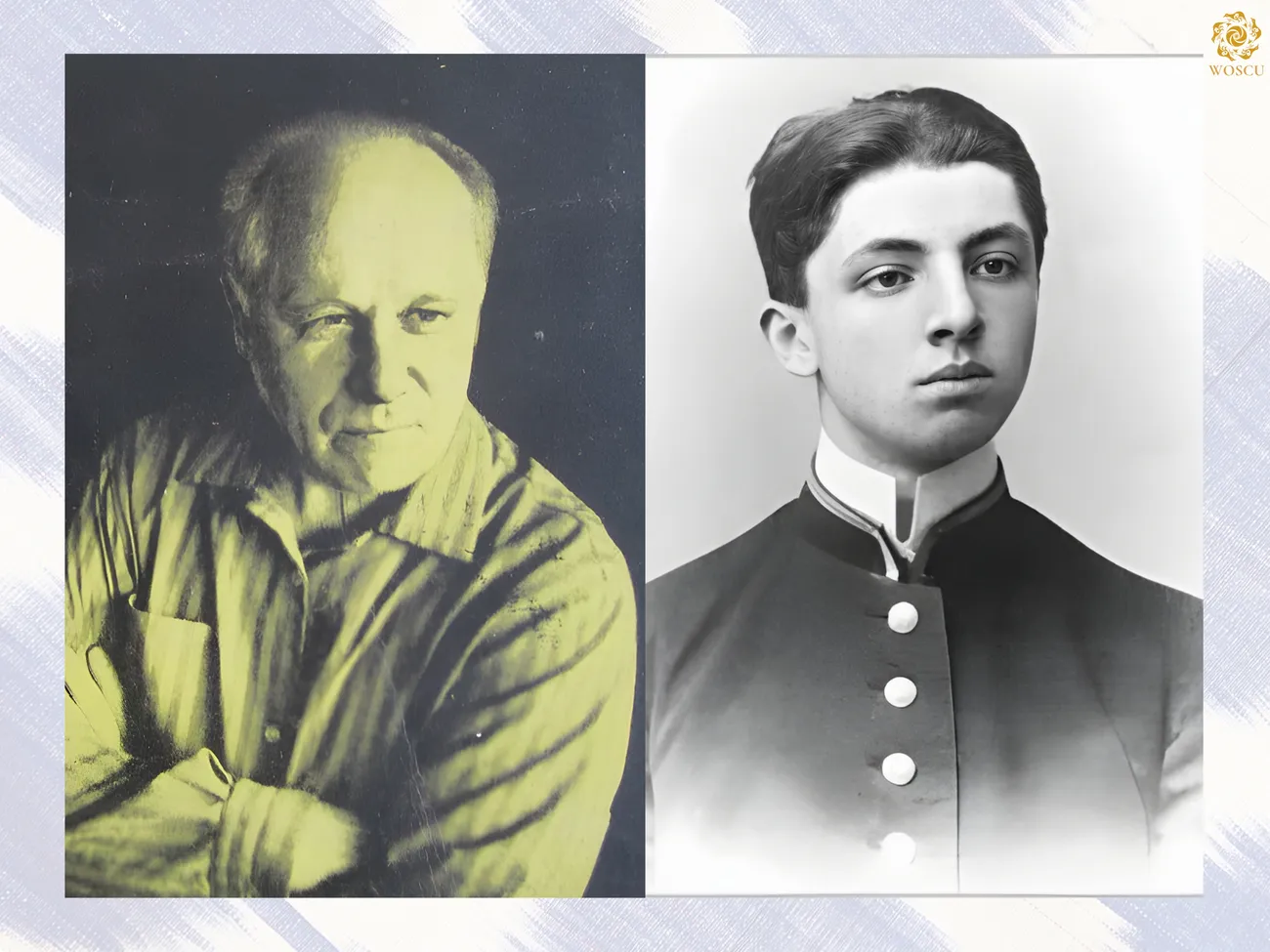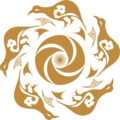We should mention Boris Petrovich Denike among them. In 1926, he led an expedition to Old Termez, and this expedition ushered in a new stage in the museum’s development and became a starting point for the future links with Uzbekistan. Unfortunately, successful work of the expedition, as well as Denike’s career as museum director came to an end in 1928: Denike was dismissed from the position of director, and the expedition was closed. He was accused of preferring and focusing on archeology instead of promoting the new art of the Soviet East. A part from his work in the museum, Denike taught Oriental art (including the art of Uzbekistan) in several Moscow colleges. Among his students there were several young art historians who then linked their future with the museum and Middle Asia.
The famous scholar Boris Vladimirovich Veimarn was one of these students. He began his career in the museum in 1927 as a trainee, without any salary. He fell in love with Middle Asia during his travel on an expedition with Denike. His early works include the brochure “Art of Uzbekistan”, compiled in 1934 together with V. N. Chepelev. In 1937, Boris Veimarn became deputy director of scholarship, and in the same year became the first employee of the museum to defend his Ph.D candidate thesis in art history. In the difficult years of World War II, Veimarn fulfilled his duties as the director of the museum, but continued his academic studies of the arts of the East. It is known that in 1948 up until he changed jobs, Veimarn along with the employee of the museum N. V. Cherkasova prepared for publication a work entitled “A Brief History of the Art of Uzbekistan”.
You can learn more about this topic in the book-album "The Collection of the State Museum of Oriental Art" (Volume I) (Moscow, Russia) from the series "The Cultural Legacy of Uzbekistan".
The general sponsor of the project is the oilfield services company Eriell-Group.

